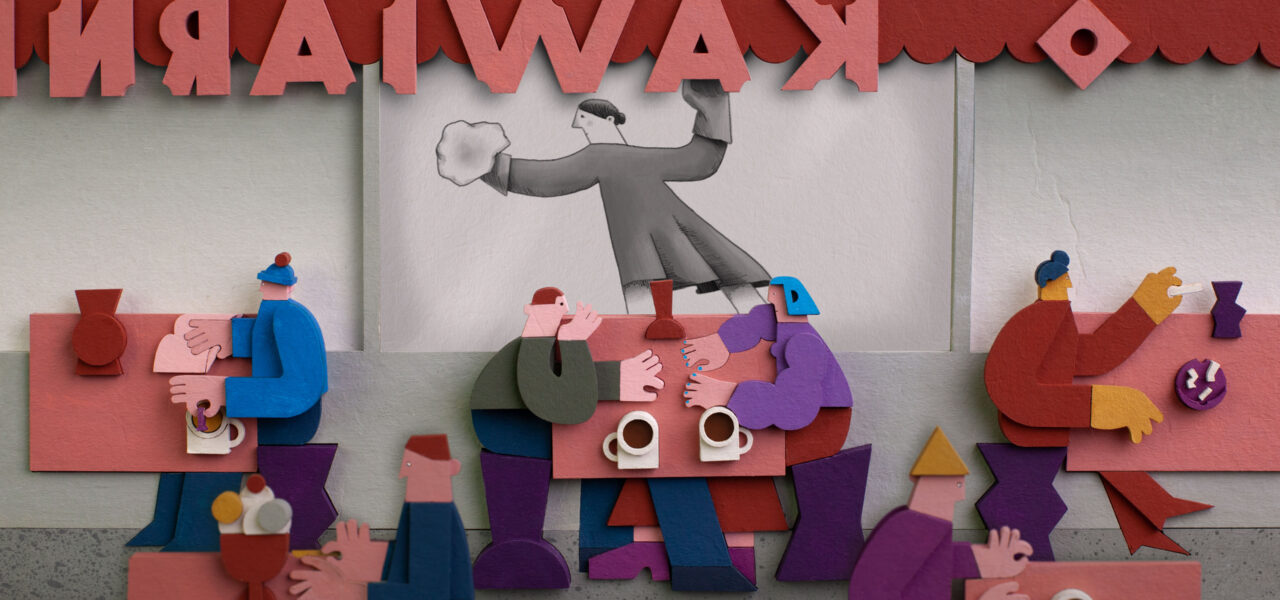
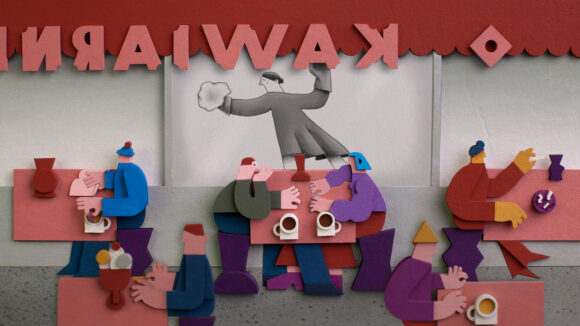
Kijek/Adamski Drop Trailer For Stop-Motion/2D Short ‘Slow Light’ – Exclusive
Polish animation duo Kijek/Adamski has shared the trailer and an exclusive behind-the-scenes look at its next short Slow Light, premiering this summer on the festival circuit.
Warsaw-based filmmakers Katarzyna Kijek and Przemysław Adamski’s Slow Light is the tragic tale of a boy born with eyes so dense that it takes light seven years to travel through them and hit his retinas. At seven years old then, he finally begins to see events as they happened around him when he was just a baby. From that moment on, his physical and psychological development lag behind, creating an immature character who struggles to adapt to the world around him. He is, almost literally, living in the past. Watch the trailer debut exclusively on Cartoon Brew:
In the film, the dual timelines are represented by different animation techniques. Everything the protagonist experiences is shown in stop-motion using vibrant color cutouts. The past that his eyes see, however, is hand-drawn in black and white. A team of artists spent seven months painting the estimated 90,000 paper cutouts used in production, with another group of animators in Portugal taking over for the hand-drawn portions.
Slow Light is produced by Animoon (Moomins and The Winter Wonderland, Even Mice Belong in Heaven, Acid Rain) and co-produced by Portugal’s Cola Animation. France’s Miyu Distribution will distribute the short globally, and is currently booking festival screenings.
Kijek and Adamski spoke with Cartoon Brew for the release of the the film’s trailer and shared the below behind-the-scenes video of the film’s production.
Cartoon Brew: How did you settle on hand-drawn, b&w animation for events happening in the past and the colorful paper cutouts used to show what’s happening in the present?
Kijek/Adamski: We often start working on a new project by picking the technique as it is, in our opinion, crucial for bringing the message across. The narration can obviously be an effective allegory and stand for a bigger-than-life concept, but it is the technique which delivers a poster-like direct synthesis of the idea and gives instant access to the core of the meaning. The means of expression have as much potential as storytelling.
In the case of this film, we needed to clearly differentiate between two timelines. Since the past is experienced by the protagonist as a constant flow of images deposited on the retina, we picked the traditional 2d technique with its projection-like characteristics. When we were thinking about the present timeline, we wanted to emphasize the tactile quality of it. We drew inspiration from the models exhibited in museums and galleries to help visually impaired people comprehend the work of art. It is a tangible form which seemingly lets you grasp the reality but at the same time it is not the actual thing you touch. The model is just a mediation of reality.
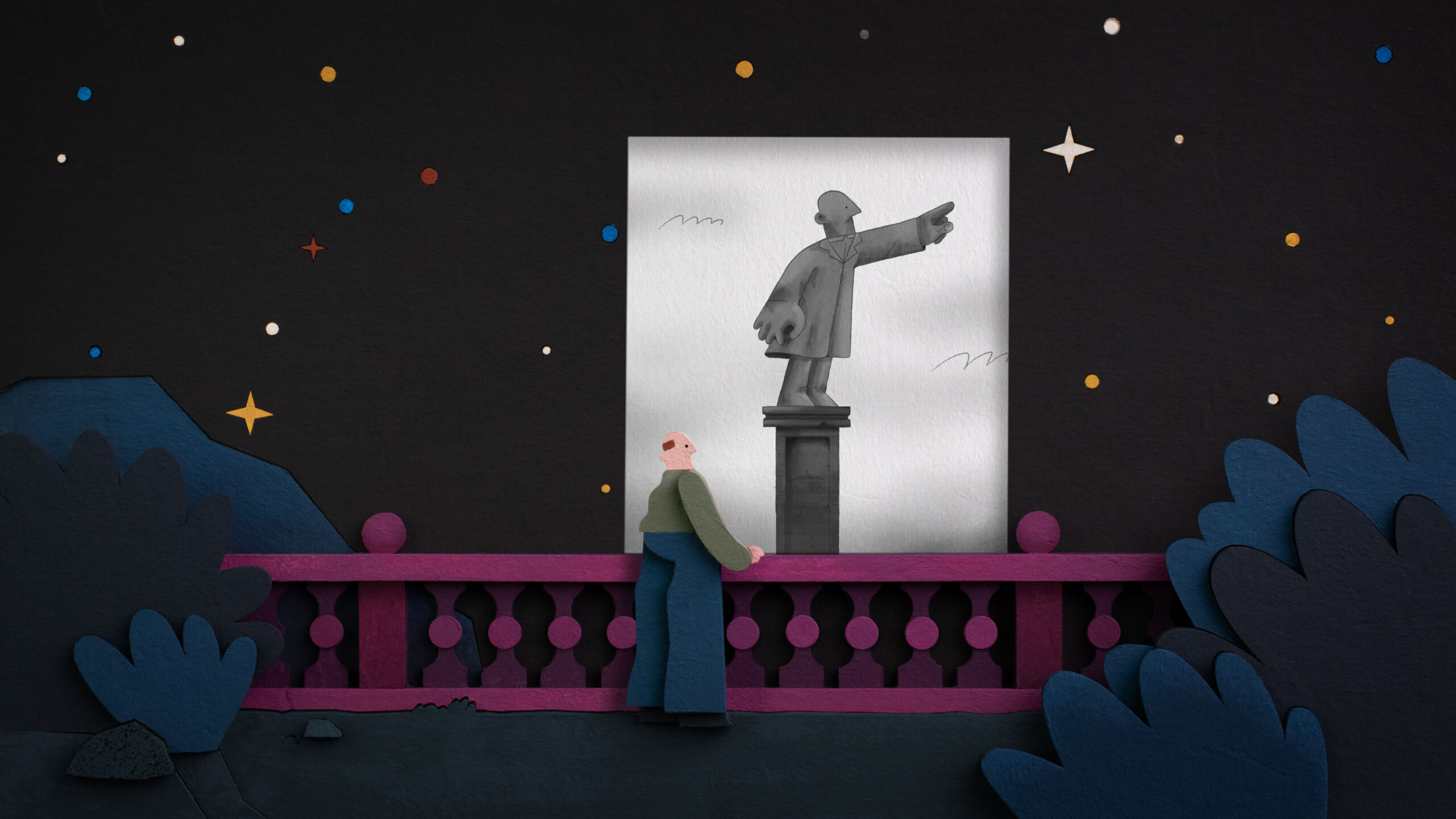
Using dual timelines and showing how its protagonist suffers living through them is a unique conceit. Where did the idea come from?
At some point we got ourselves caught up in a constant misdating of past events and we realized the older we get, the more we reflect on the past. This seemingly obvious reflection pushed us toward a gloomier realization that we gravitate towards the past on a subconscious level as it takes constant effort to update our reference points in time if we want to stay relevant.
Sometimes it is just easier to hook on the past as it is something we already understand and it makes us feel safer. This regularity works on many levels, but it has the heaviest consequences when it crosses two different eras and makes one long for a bygone time, even if it was objectively dreadful. We observed this kind of sentiment in Poland many times, but it has become omnipresent worldwide and we find it very disturbing.
Can you talk a bit about the production process? How many people were involved and how was labor divided?
We made the stop-motion animation ourselves. It started with a digital 1:1 prototype in After Effects which then was translated to the Illustrator paths and made a series of files sent to the laser-cutting workshop. Once we received the cut elements (184 sheets 100×70 cm), we hand-painted every single one of them and assembled the frames. The total number of pieces used was virtually impossible to count. Rough estimation is 90,000. We were painting for about seven months with a team of 8 people.
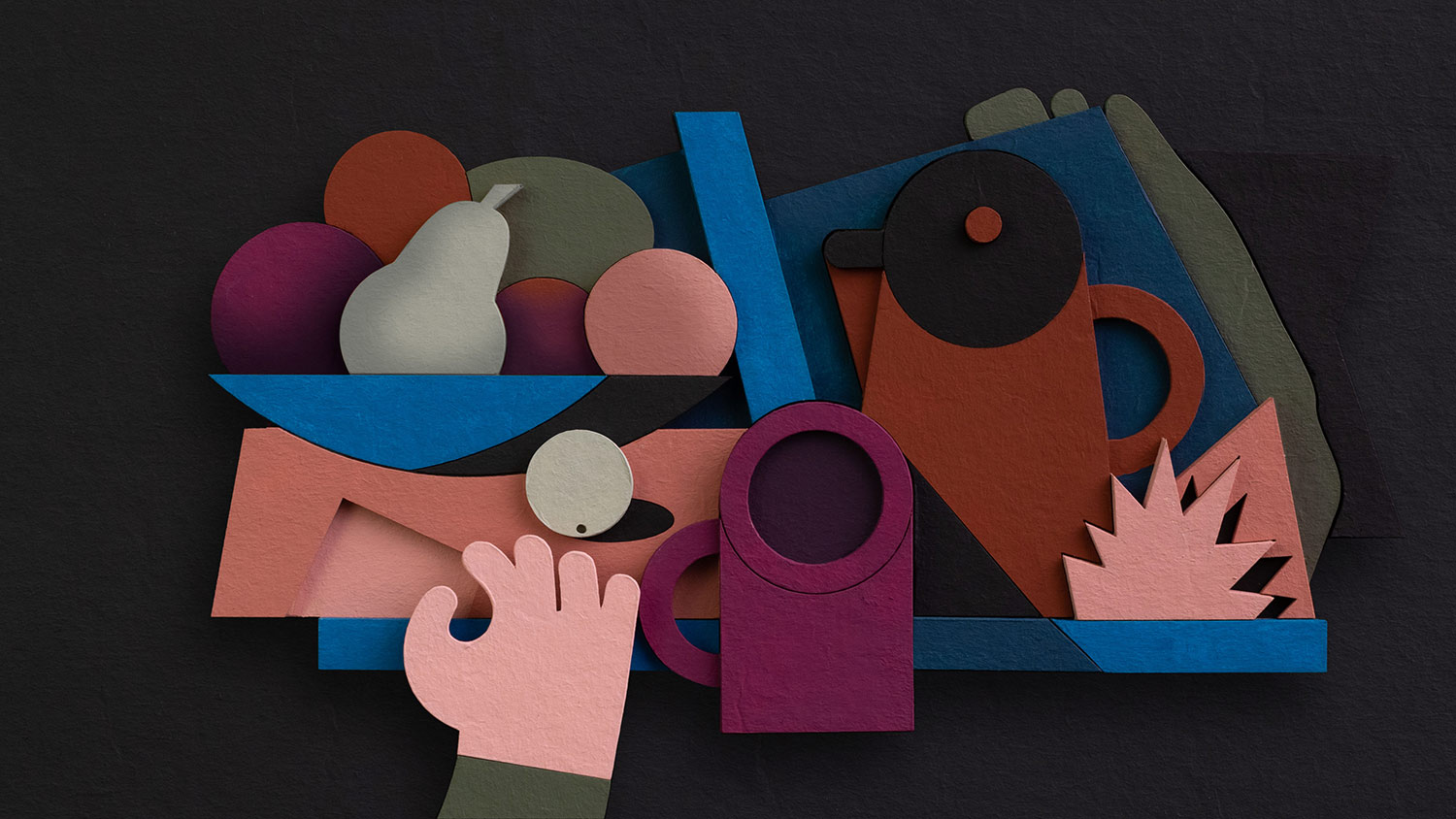
And how was the 2d animation handled?
Once we finished shooting, we were approached by a Portuguese production company – Cola Animation, which joined the team and became a co-producer. Thanks to this joint venture we were able to optimize the workflow of the production of 2d animation and end up with a very pleasing result. We owe it to a very talented team of animators including Ala Nunu, João Gonzalez, Jakub Kaczmarek, Bartosz Stępnik, and Hugo Sequeira.
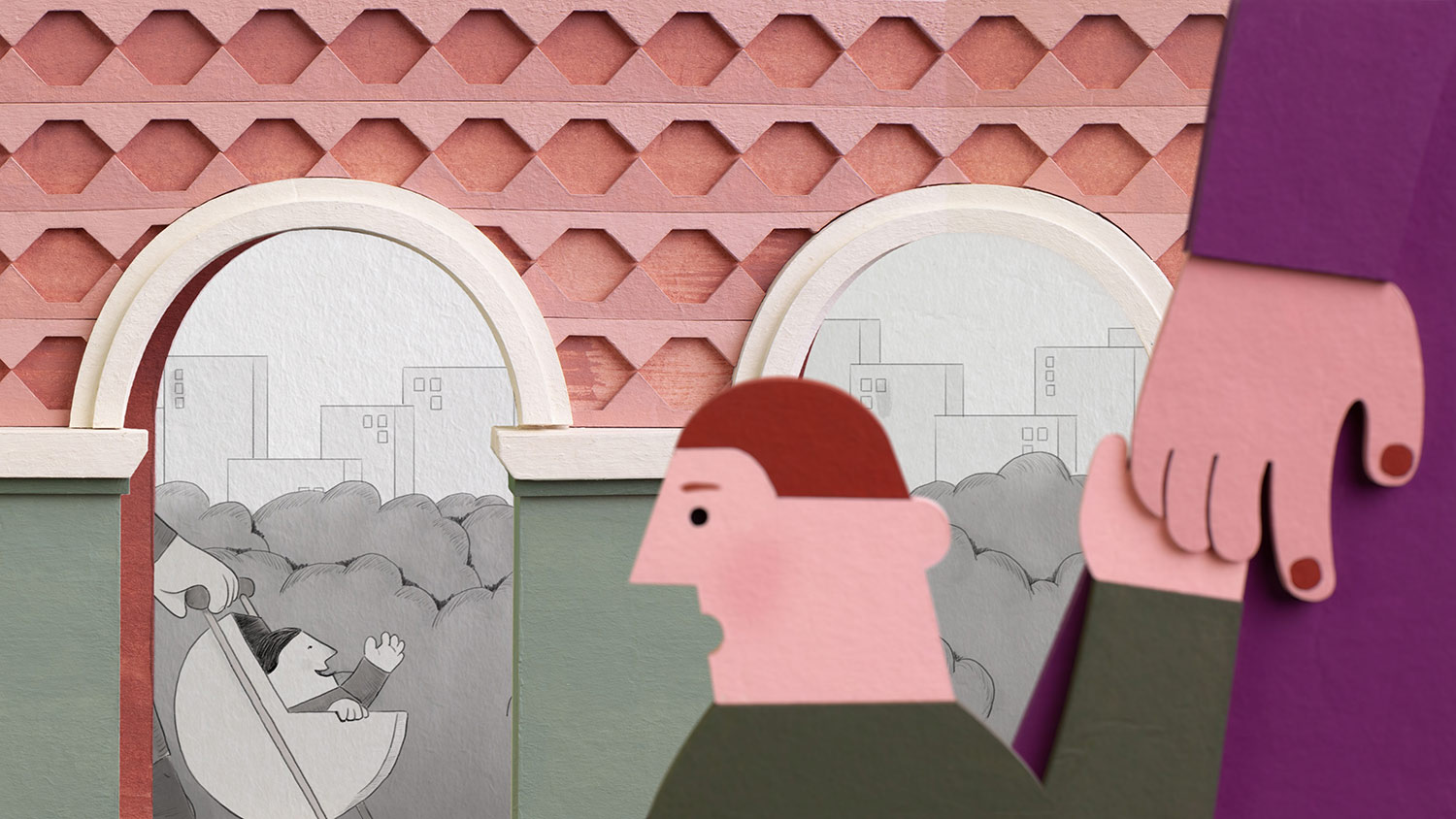

.png)